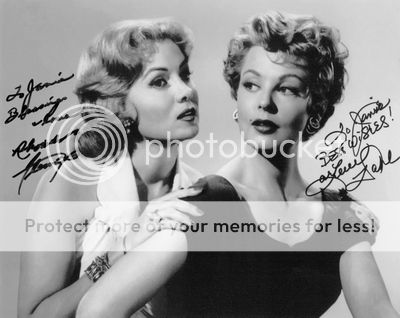- Joined
- Dec 10, 2001
- Messages
- 6,724
- Real Name
- Bob
Sorry Nick, not off the top of my head. It would take some digging and I don't have the free time at the moment.

Where did this chart come from? Big downtown single Theatre I worked at in the early 70's still had this taped to the wall in the booth. Ah memories. The theatre only played MGM, Warner's, UA, Disney, AIP, and RKO in the 50's. ZBob Furmanek said:As a general rule, 1.85:1 was pretty much the US standard for non-anamorphic by the fall of 1956. Of course, there were exceptions but after 3-1/2 years of various formats and ratios, the exhibitors were screaming for some form of standardization.As an example, take a look at this information on the various prints offered in late 1955. Can you blame the operators/exhibitors for their concerns?
A sidebar, possibly a silly question Mr. Furmanek, but I figure if anyone would know the answer, you will.Bob Furmanek said:As an example, take a look at this information on the various prints offered in late 1955. Can you blame the operators/exhibitors for their concerns?
http://www.hometheaterforum.com/uploads/post-288194-0-12810400-1373740691.gif
Anything to do with this.ROclockCK said:A sidebar, possibly a silly question Mr. Furmanek, but I figure if anyone would know the answer, you will.
In the second paragraph of that article, the author attributes the table shown to the Motion Picture Research Council of Hollywood, Calif. So my question: "Did that group ever really exist...or did the author just make it up to lend more authority to his own research?"

ROclockCK said:I'd just never seen it mentioned before. And Google turned up zip, zero, zilch???
Hey Keith, Rhonda is one of my all time favorite actresses. I collect autographs, and this one means a lot to me..Keith Cobby said:Brent, good to hear about Tennessee's Partner. I am a big fan of Rhonda Fleming and John Payne. I really like the Bogeaus/Dwan films, they look so good for small budget pictures. Thanks for the response.
Both Slightly Scarlet and Tennessee's Partner have 'Superscope' on the poster art and at the beginning of the DVDs.





